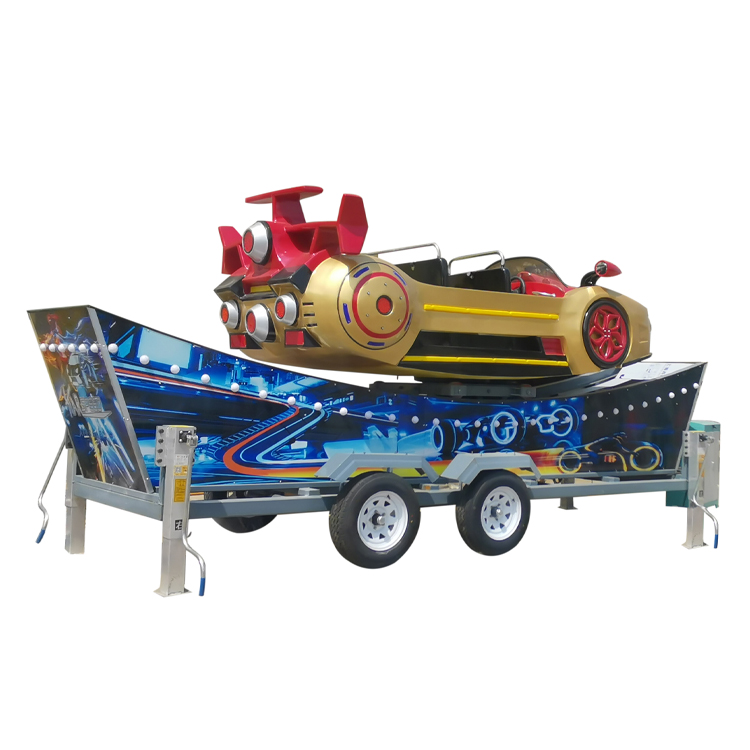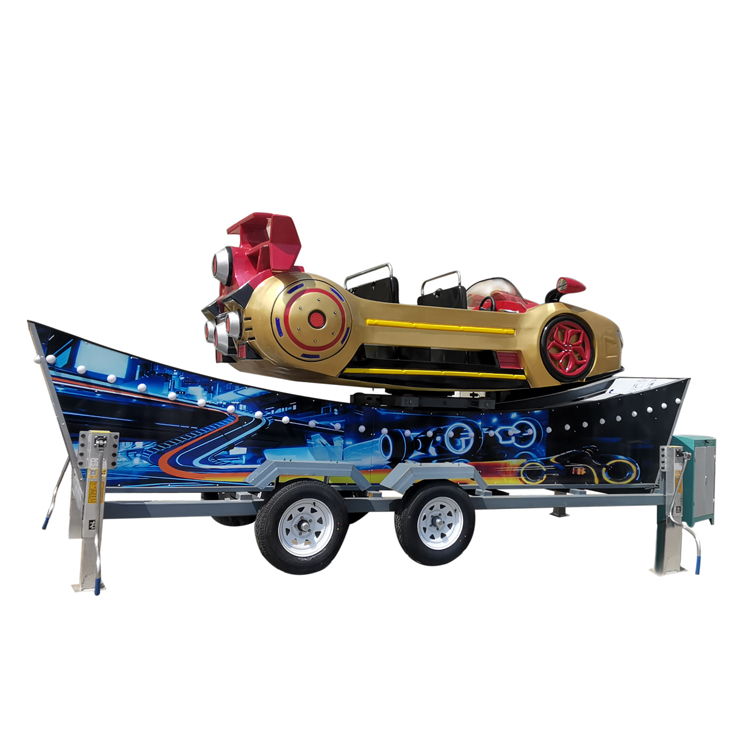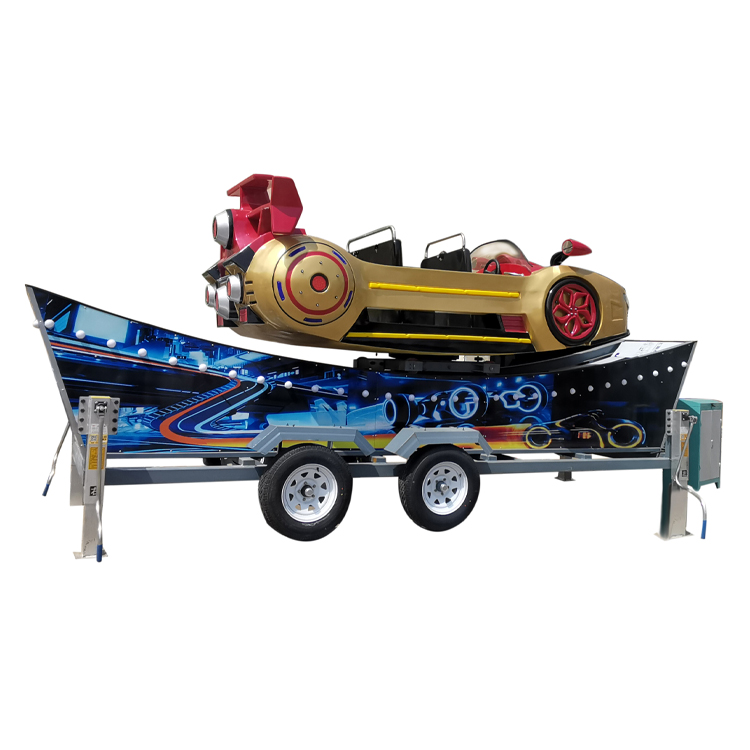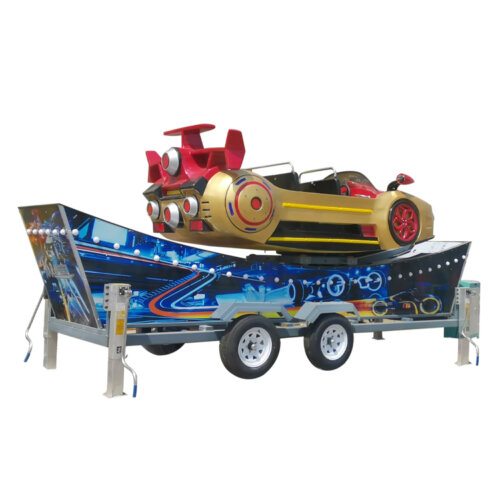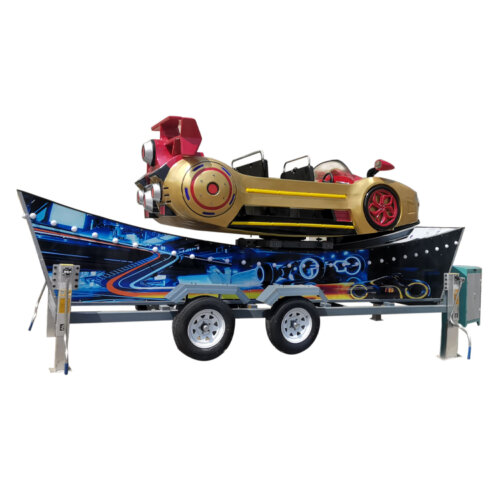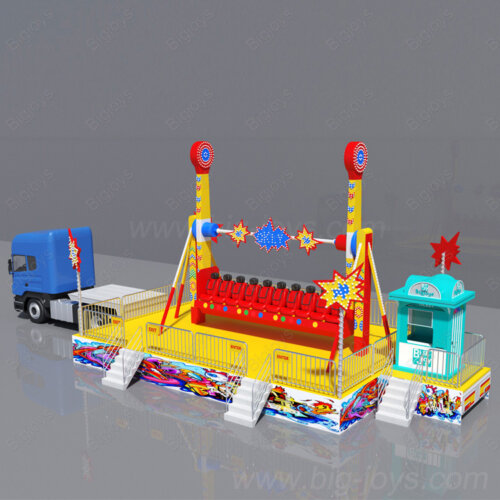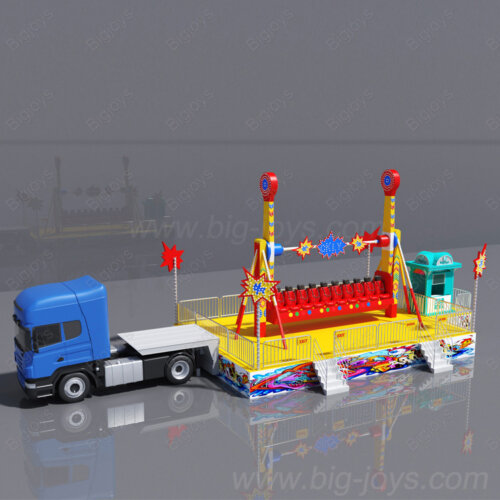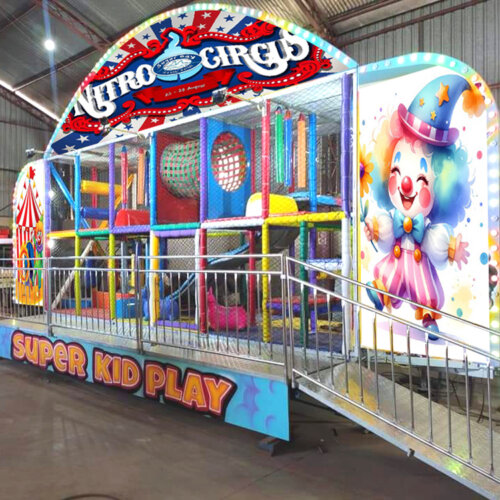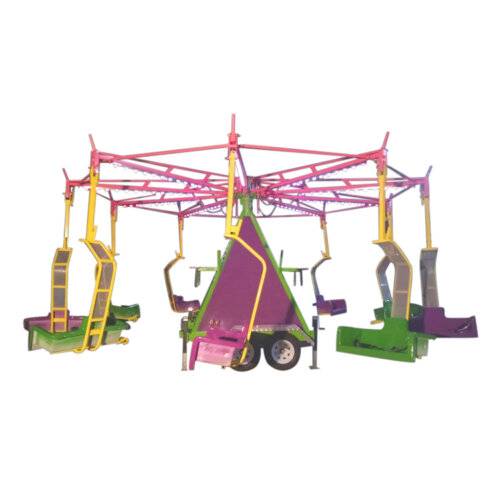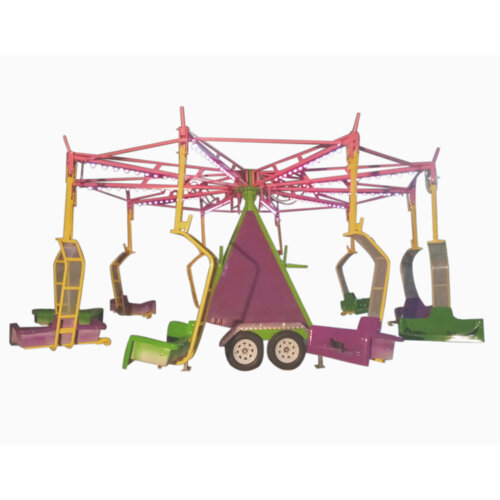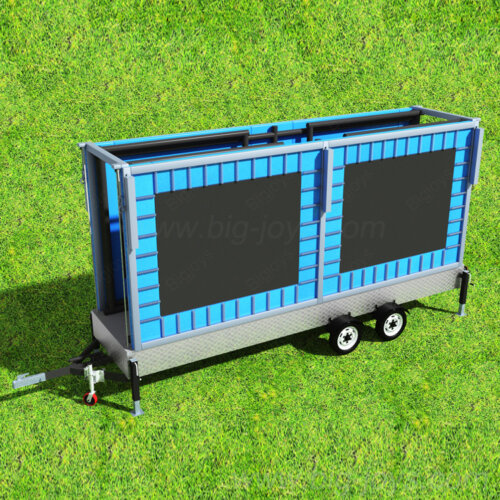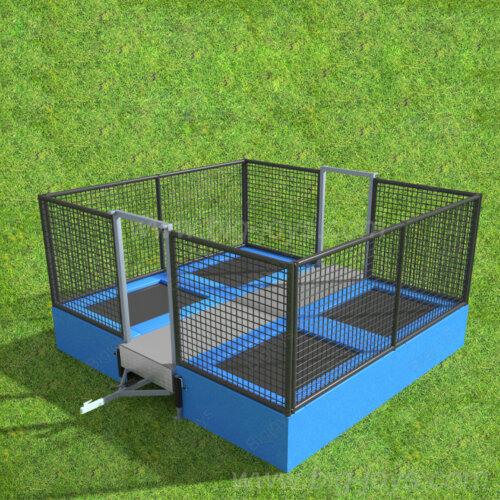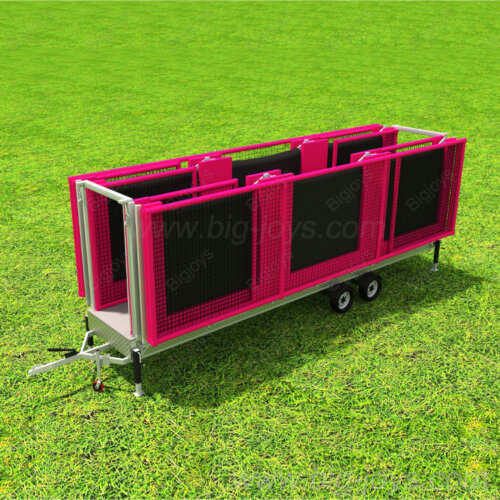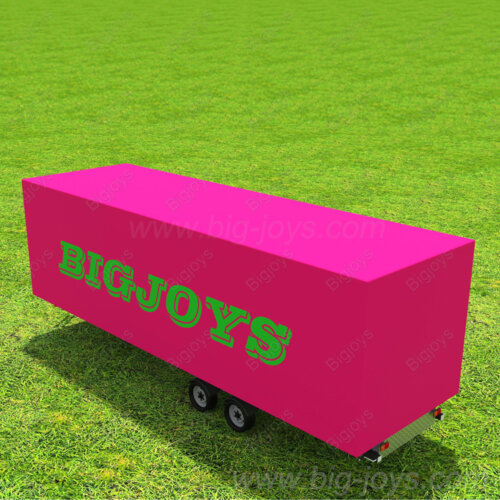Specification:
Capacity: 8 persons
Size:5.8mx2mx2.2mH
Material: FRP+STEEL,
Power:3KW,380V
Area Need: 9mx6m
Portable Flying Car: Revolutionizing the Future of Transportation and Entertainment
Introduction
The concept of a portable flying car has long been a staple of science fiction, but recent technological advancements have brought us closer than ever to making this dream a reality. These innovative vehicles combine the convenience of ground transportation with the thrill and freedom of flight, opening up a whole new world of possibilities.we will explore the features, benefits, and considerations of portable flying cars, providing valuable insights for those interested in this cutting-edge mode of transport and entertainment.
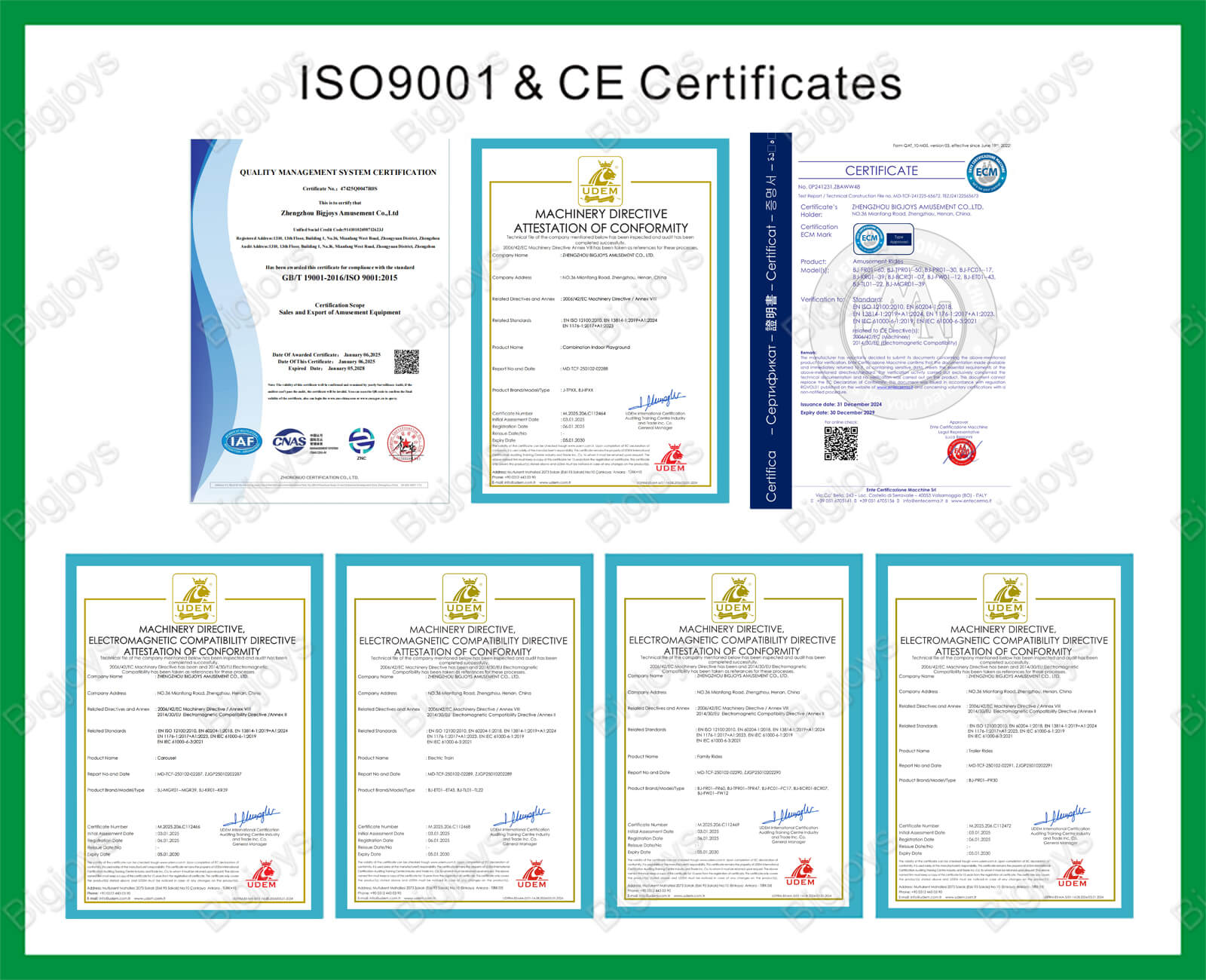

Features of Portable Flying Car
- Compact and Foldable Design
- One of the key features of a portable flying car is its ability to transform from a flight-ready vehicle to a more compact and portable form. It is designed with foldable wings and other components that can be neatly tucked away, reducing its overall footprint. This allows it to be stored in a standard garage or even transported on a trailer, making it accessible for personal use and convenient for travel.
- Hybrid Propulsion System
- Portable flying cars typically employ a hybrid propulsion system. This combines an electric motor for efficient ground travel and quieter operation, with a more powerful combustion or alternative propulsion system for flight. The transition between ground and flight modes is seamless, allowing the vehicle to take off and land vertically like a helicopter, eliminating the need for a long runway.
- Advanced Avionics and Navigation
- To ensure safe and accurate flight, portable flying cars are equipped with state-of-the-art avionics and navigation systems. These include GPS, autopilot features, and sensors that detect obstacles and weather conditions. The cockpit is designed with user-friendly interfaces, providing pilots with real-time information about the vehicle’s status, flight path, and surrounding environment.
- Durable and Lightweight Materials
- The construction of portable flying cars utilizes advanced materials such as carbon fiber composites. These materials offer a high strength-to-weight ratio, making the vehicle both durable and lightweight. This is crucial for efficient flight and fuel consumption, as well as for withstanding the rigors of both ground and aerial travel.
Benefits of Portable Flying Car
- Enhanced Mobility and Convenience
- The portable flying car offers a new level of mobility. It allows users to bypass traffic congestion on the ground and reach their destinations more quickly. Whether it’s a daily commute to work or a weekend getaway, the ability to take to the skies provides a significant time-saving advantage. It also offers the flexibility to access remote or hard-to-reach areas that may not be easily accessible by traditional ground transportation.
- Thrilling Aerial Experience
- For adventure seekers, flying a portable flying car is an exhilarating experience. It provides a unique perspective of the world from above, allowing pilots to enjoy breathtaking views and a sense of freedom that is unmatched by other forms of travel. It can also be used for recreational purposes such as aerial tours, photography, and even skydiving-like experiences.
- Environmental and Energy Efficiency
- With the increasing focus on sustainability, many portable flying cars are designed to be more environmentally friendly. The use of electric motors for ground travel and the development of more efficient flight propulsion systems help to reduce emissions. Additionally, the lightweight materials and advanced aerodynamics contribute to better fuel or energy consumption, making them a more sustainable option compared to some traditional aircraft.
- Versatility in Applications
- Portable flying cars have a wide range of applications. They can be used for personal transportation, emergency medical services, search and rescue operations, and even as a platform for scientific research. Their ability to operate in both ground and aerial modes makes them a versatile asset in various industries and scenarios.
Considerations for Portable Flying Car
- Regulatory and Legal Requirements
- The operation of a portable flying car is subject to a complex set of regulatory and legal requirements. Pilots need to obtain the appropriate licenses and certifications, which may include both a driver’s license for ground travel and a pilot’s license for flight. There are also strict regulations regarding airspace usage, flight paths, and safety standards that must be adhered to.
- Safety and Training
- Safety is of utmost importance. Adequate training is essential for anyone operating a portable flying car. This includes flight training, emergency procedures, and understanding the vehicle’s systems and limitations. The vehicle itself must also be equipped with safety features such as parachutes, emergency landing systems, and redundant controls to ensure a safe flight in case of a malfunction.
- Infrastructure and Landing Sites
- The widespread adoption of portable flying cars will require the development of new infrastructure. This includes designated landing sites, charging or refueling stations, and air traffic management systems. The availability of suitable landing areas, especially in urban and populated regions, is a significant consideration. Without proper infrastructure, the practicality and convenience of flying cars may be limited.
- Cost and Affordability
- Currently, portable flying cars are a relatively expensive technology. The high cost of research, development, and production is reflected in the price tag. However, as technology advances and economies of scale are achieved, the cost is expected to come down. Affordability will be a key factor in determining the mass adoption of these vehicles, both for personal use and in commercial applications.


